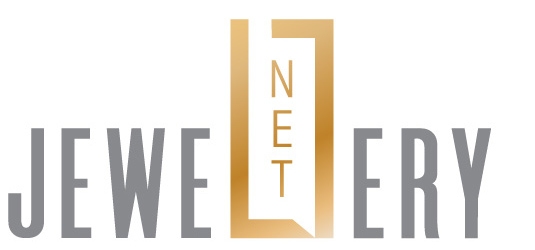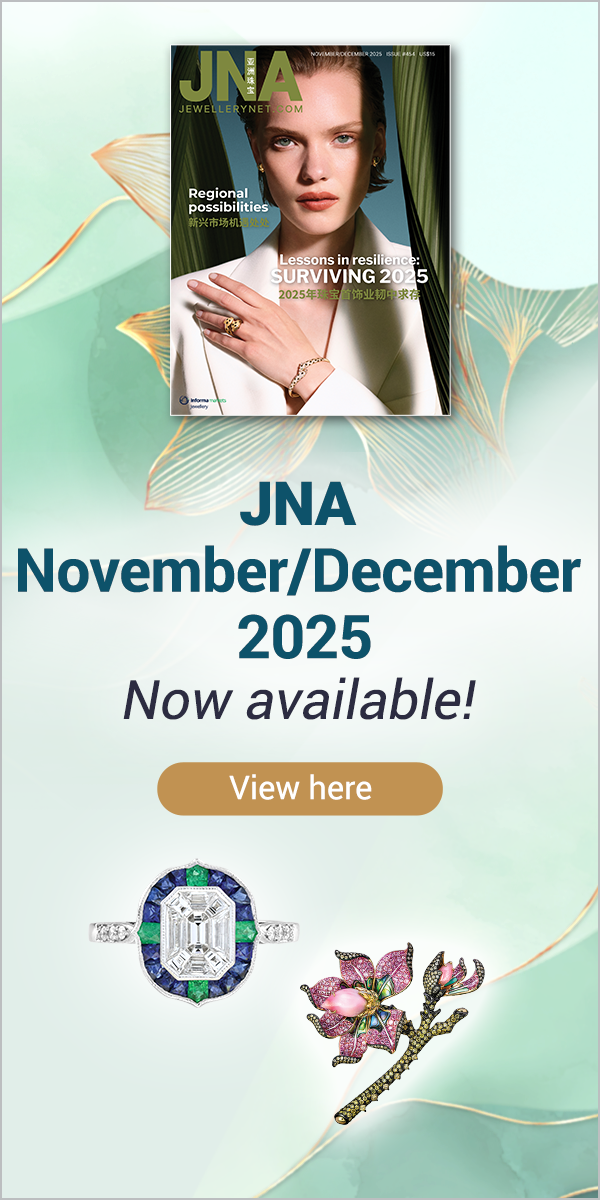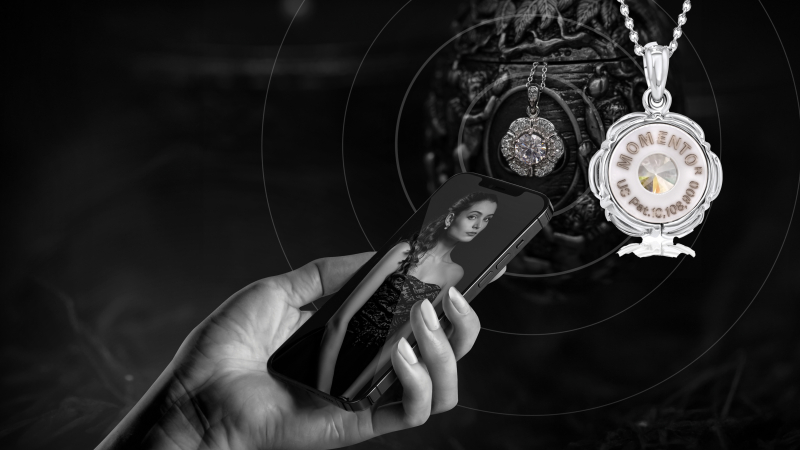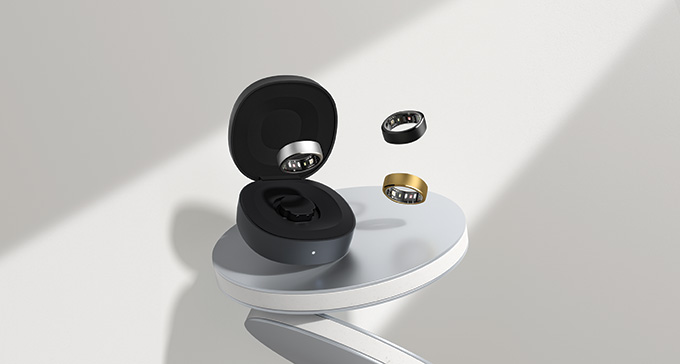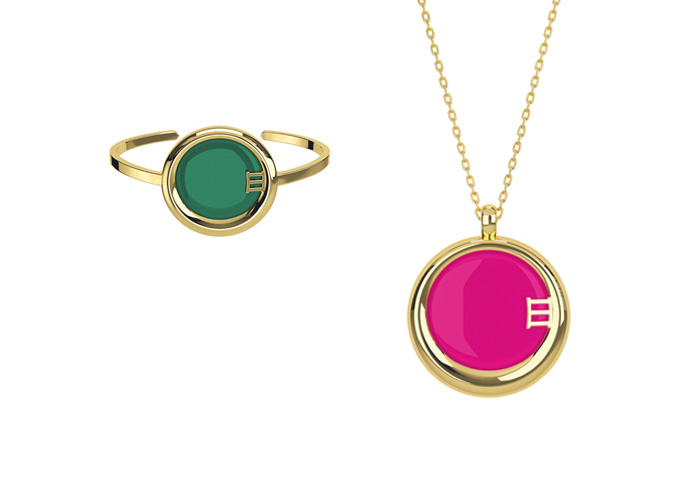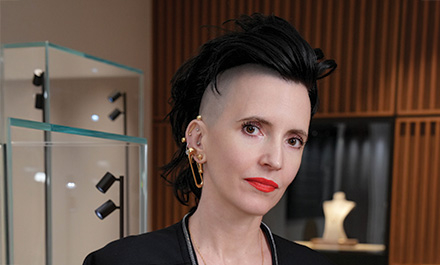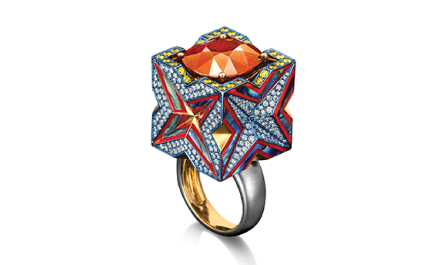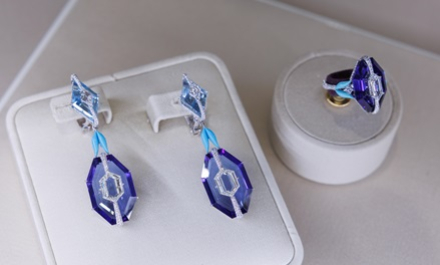After more than a decade of intense research and anticipation, smart jewellery pioneers are excited about a technology shift that could usher in new possibilities for fine jewellery to finally step into the smart category.
This article first appeared in the JNA November/December 2024 issue.
The era of smart fine jewellery has arrived, and more and more companies are jumping on this exciting bandwagon. The main challenge, however, is combining key value factors inherent in fine jewellery with technology’s extraordinary functionality.
Most wearable tech devices on the market do not fall into a jewellery category but are separate product types created by non-jewellery companies mainly as metrics to monitor one’s health, sleep patterns and heart activity, to name a few. Produced using non-precious materials like titanium or steel, these rechargeable gadgets are enabled by Bluetooth Low Energy or Radio Frequency Identification (RFID) technology, allowing them to perform smart activities via a smart phone.
The Oura ring is a pioneering sleep-performance platform and device launched in 2013 by tech entrepreneurs in Finland. A similar interactive health and wellness tracker is RingConn, unveiled in 2021 by biomedical circuits expert Guoxing Wang of the University of California, Santa Cruz. The titanium ring is positioned as a 24/7 Health Keeper Companion, is water resistant for up to 50 metres and has a seven-day battery life.
But jewellery tech pioneers such as artist and inventor Chi Huynh, founder of Galatea Jewelry in San Dimas, California, has been working diligently since 2014 to bring fine precious metal jewellery into the smart age while holding on to the ethos of beauty and refinement.
Chi’s passion was focused on developing a digital communicator of love, romance and commitment – the traditional value factor of fine jewels. His choice of tech is Near Field Communication (NFC) technology, which is under the RFID umbrella but vibrates at a single frequency of 13.56 MHz and uses electromagnetic induction theory to enable data on a chip to function in two-way communication.
When NFC technology became universally used on smart phones by 2019, Galatea completed inventions to incorporate NFC in fine jewellery and won several patents. The most recent, granted in end-2023, involved embedding an NFC chip in precious metal to be paired and read by a smart phone using a dedicated App. Galatea’s patents include method and apparatus for virtually writing to an NFC; use of NFC-chip gems; jewellery with security bezel for regulating NFC; and an NFC-ring-based, terminal-less payment system.
In early 2024, Galatea launched the Momento Smart Diamond Collection with NFC chips embedded in 14-karat gold with diamonds.
“This is a huge breakthrough – the birth of fine smart jewellery,” Chi enthused. “When it connects with your phone's NFC capabilities, it instantly transfers your precious memories to the piece via the Galatea Momento™ app, which can easily be downloaded. Imagine being able to tell your kids 50 years from now that all precious moments from the day they were born are captured within this one jewel.”
Another Galatea product is a waterproof mother-of-pearl ring in silver or gold with an NFC business card.
Other innovators
Pioneers tend to follow their tech passion. If for Chi it is about storing precious memories within tech-enabled jewels, for Copenhagen’s Simone Faurschou, these are blockchain and NFTs (non-fungible tokens) while for Vicenza-based designer Marco Dal Maso, it is tech-enhanced jewels for deep romantic communication between lovers.
To create the ToTwoo fine jewellery brand, Dal Maso partnered with tech whizz and businessman Jieming Wang in Shenzhen.
“The intention is for smart jewellery to deliver a stronger emotional experience than traditional jewellery while capturing the aesthetics of fine jewellery,” Dal Maso noted. “The goal was to redefine romantic communication through tech-enabled fine jewellery to connect people on a deeper, more emotional level.”
He designs each piece in gold or silver with top-quality gemstones and ensures it is “meticulously crafted to meet high standards of beauty and functionality.” The technology components are assembled in specialised facilities equipped with skilled technicians. ToTwoo is Bluetooth-enabled and connects via its app to facilitate communication between two jewels.
Target consumers are those who appreciate a blend of technology and art. Currently, there is interest from younger, tech-savvy individuals. “We see huge potential to cross generational lines and bring people of all ages closer together through technology-enhanced jewellery. Our vision is to continue creating pieces that facilitate emotional expression and connection in unique ways,” said Dal Maso.
Faurschou, meanwhile, first created limited-edition jewels paired with digital NFTs that she designed and hosted on Known Origin, a crypto platform for artists.
She listed the jewellery tokens as NFT Plus, indicating it is paired with a physical, wearable piece. In 2023, she partnered with tech futurist Cathy Hackl and securely placed NFC chips in precious jewellery tucked beneath a gem-like translucent resin. The limited-edition Frillz Collection comprises 100 necklaces and 100 bracelets, with 10 per cent in 18-karat gold and the rest in sterling silver and gold vermeil.
When scanned with a smart phone, the app directs the owner to the blockchain where a digital asset like an NFT can be minted as proof of ownership and authentication. She is now setting up the necessary tech to enable all her jewellery to be both digital on the blockchain, paired with a physical piece.
Limitless possibilities
These fine jewellery pioneers envision a time when majority of fine jewellery pieces will be tech-enabled and multifunctional. Faurschou is optimistic that all wearable tech will soon have a strong aesthetic focus.
Wearable tech and fine jewellery will eventually merge into a singular, well-designed functional jewellery category, she said, adding that “digital aspects of a product will become an extension of the physical rather than a replacement of it.”
For Dal Maso, the future of smart fine jewellery is promising. “As technology continues to evolve, we will see more integration of advanced features that enhance user experience without compromising on aesthetics. Smart jewellery will become an essential part of everyday life, combining style and functionality in ways we are just beginning to explore,” he noted.
Smart Jewelry Association
To facilitate the development of a smart jewellery industry, Galatea owner Chi Huynh founded the Smart Jewelry Association for those who want to enable their jewellery with NFC technology.
Members pay a monthly subscription fee of US$350 and can buy as many microchips as they require, royalty free. The association provides education and design input, with the aim of educating designers and manufacturers on how to enable customers to use and enjoy NFC tech.
Non-members can buy chips following due diligence and will enter into agreements on royalty fees prior to purchase. Chi said there is interest from a range of industries including wine businesses, the printing industry and augmented reality promoters.
